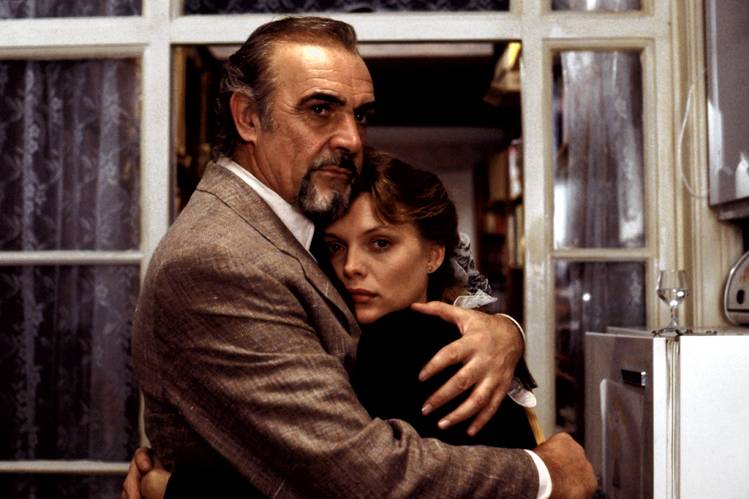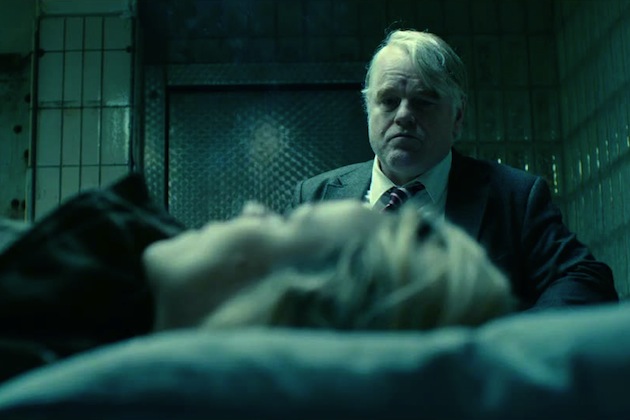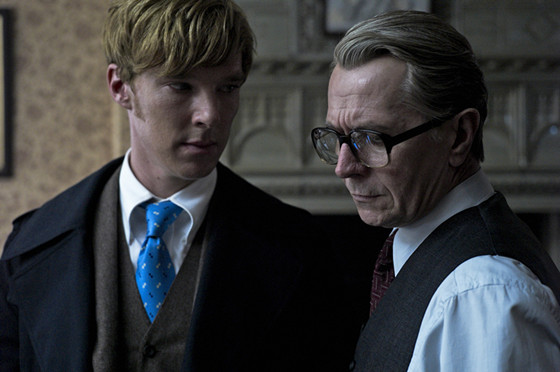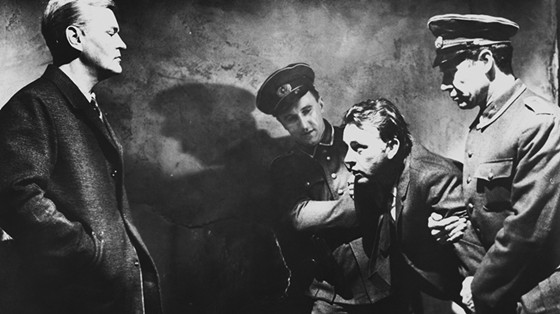5. The Russia House (1990)

Often, Le Carre novels would use the alluring gloss of espionage to explore other ideas and themes – and, cinematically, “The Russia House” is the movie that most understood this element of his work, using a spy plot as a backdrop for a subdued and sophisticated romantic drama.
Sean Connery (obviously delighting in skewing his Bond persona for a wholly different kind of spy movie) stars as a literary publisher who starts working as an undercover agent for MI6 when a Russian woman asks him to publish a book that contains incendiary information regarding Russia’s atomic arms program.
Renowned British playwright Tom Stoppard, who wrote the screenplay, strikes a fine balance between the realistic spy mechanics and complex character building that characterizes Le Carre’s writing, making both the overall plot and the central romance work very well. But “The Russia House” is elevated mainly because of its excellent technical accomplishments, like director Fred Schepisi’s keen eye for composition and editing, the spectacular location work (Russia has rarely been so well explored on film), and a fantastic Jerry Goldsmith score.
4. The Constant Gardener (2005)

One of Le Carre’s greatest triumphs as a writer was his never-ending ability to evolve with the times – being able to reflect and comment upon the political ills of society as they progressed. So after the Cold War ended, he turned his clinical eye to diagnose other corrupt institutions, exploring everything from the international guns market to, as in the case of “The Constant Gardener,” big pharma.
Told in flashback structure, the story revolves around a British diplomat who gets embroiled in an international conspiracy after his wife is murdered and he begins investigating the cause of her death – a dangerous path that leads him to Africa and the heart of global corporate corruption.
Fresh off the success of “City of God,” Fernando Meirelles brought all that movie’s kinetic energy to this one, with one the greatest ever uses of shaly cam and quick editing – a usually disastrous combination that plagued mainstream cinema in the mid-2000s, but that Meirelles and his collaborators make work by finding a balance between chaos and clarity. Most impressive of all, however, is that despite all the fast-paced visual mayhem (a clear outlier in Le Carre adaptations, almost all of which are slow, cold and measured) the film absolutely does justice to Le Carre’s ideas and political denouncements.
3. A Most Wanted Man (2014)

Notable at the time of release mostly for being Philip Seymour Hoffman’s final movie, “A Most Wanted Man” received a warm but not particularly enthusiastic reception by critics – but, looking back at a whole decade’s worth of similar thrillers, it becomes clear that this is a film worthy of reappraisal, given how superior it is to other pictures of its kind.
Hoffman plays Günther Bachmann, the leader of a German government team in charge of recruiting informants with ties to Islamic terrorism. When a refugee from Chechnya arrives in Hamburg illegally, Bachmann starts to track him down.
Director Anton Corbijn is a perfect fit for Le Carre: his chilly and contemplative style matches the writer’s brainy material, and both artists are interested in the same ideas regarding the ethical and moral dilemmas of good people working within broken systems. It’s a smart, adult, and thoughtful thriller featuring the final performance of one the finest actors who’s ever graced the screen.
2. Tinker Tailor Soldier Spy (2011)

The defining Le Carre novel – not only the book most often associated with him, but also arguably the most iconic piece of spy fiction ever written, with an extremely complex storyline that would be nearly impossible to shrink down into two hours. Needless to say, then, the pressures of making a movie of something like this – exacerbated by the fact that it had already been adapted into a beloved British miniseries.
What a miracle it is, then, that “Tinker Tailor Soldier Spy” is a wholly, uncompromisingly cinematic vision of a dense piece of literature that honors everything about the novel that made it great while still making the story its own thing. For those not familiar: there’s a mole in the Circus, England’s top intelligence agency, and the spy has been feeding information to the Russians for years – at the height of the Cold War. It’s left to George Smiley to come out of retirement and discover the mole, running a cover investigation – since anyone in the agency can be the spy.
The movie can be hard to follow for those not already familiar with the story (either through the novel or miniseries), but the screenwriters, though dispensing enough fast information to give the viewer a headache, smartly reshape the narrative enough to turn it into a character study of Smiley – which, aided by career-best work from Gary Oldman, works beautifully. But what really makes this a masterpiece is director Thomas Alfredson’s visualization of the material – this is a masterwork of mood and atmosphere, and one doesn’t even really need to understand all the details of the plot to be fully immersed in the world the movie creates. A hall-of-fame of an ending montage, too.
1. The Spy Who Came In from the Cold (1965)

The very first cinematic adaptation of Le Carre is still unsurpassed: every single element that has come to define what a Le Carre movie looks and feels like (a spare, cold visual style; clockwork precision of plot; melancholic protagonists; and the morally bankrupt political systems that engulfs them) was introduced and perfected in “The Spy Who Came In from the Cold”.
Richard Burton stars as Alec Leamas, a disillusioned Circus agent who embarks in a risky and elaborate ruse: to infiltrate an East German communist ring, he pretends to leave British intelligence and takes up a drinking habit – only the first steps in a mission that will make him question his entire profession and sense of self.
This is the only monochromatic Le Carre adaptation and the gorgeous textures and shadows of Oswald Morris’ cinematography makes one wonder why: it’s the absolute perfect visual representation of Le Carre’s vision of Europe during the Cold War, a drab, chilling place where morality and duty are anything but black and white. Le Carre adaptations tend to float between successfully translating the writer’s trademark complex plots to the screen, but in a visually uninteresting way, and discarding detail in favor of cinematic flourishes. “The Spy Who Came In from the Cold” remains the movie that most expertly married those two things, telling a surprising, cohesive, and satisfying story in a visually spectacular way. A classic.